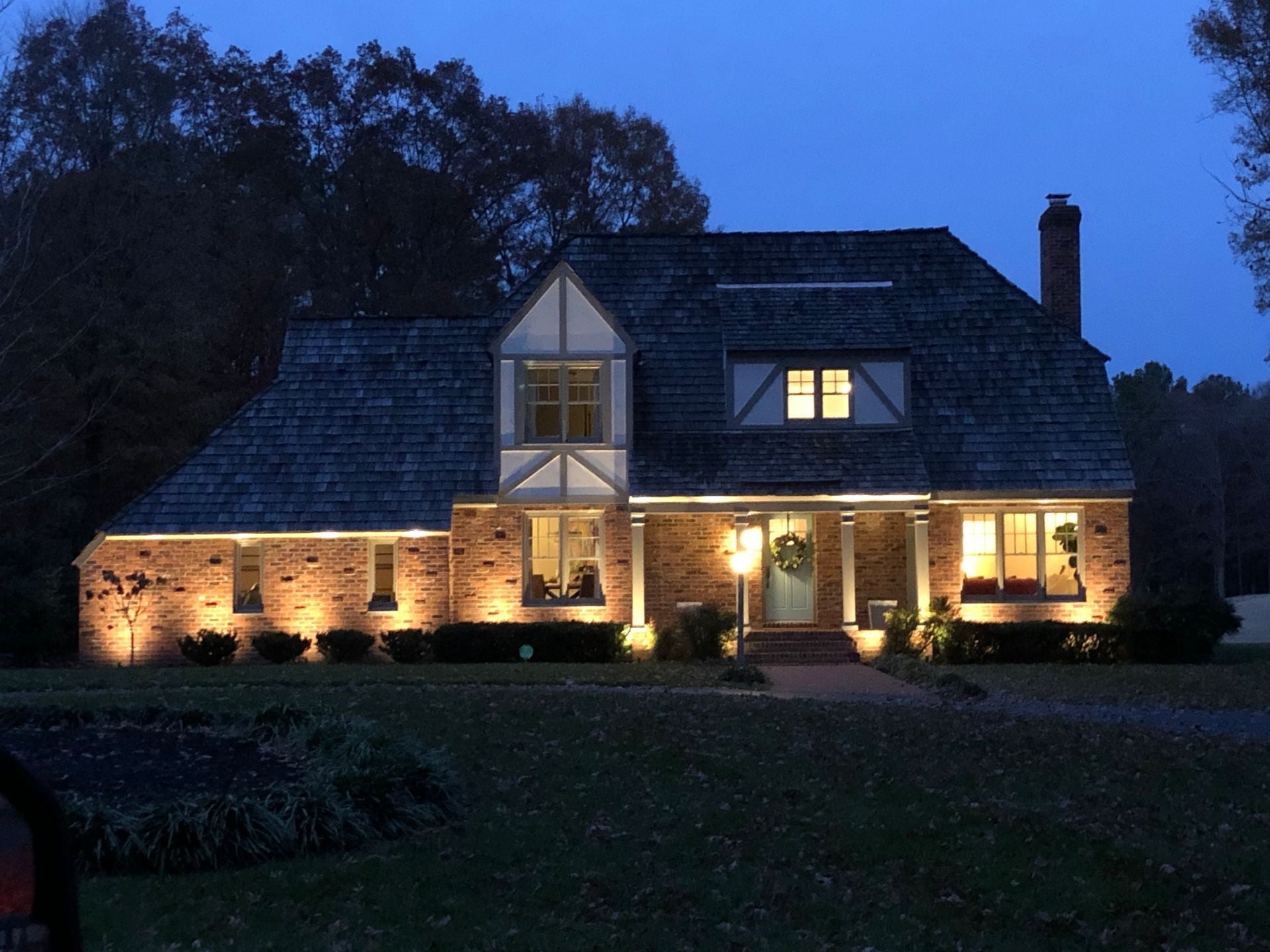Low voltage lighting systems are increasingly popular, particularly in outdoor settings where they illuminate gardens, pathways, and architectural features. However, like all electrical systems, low voltage lighting is not immune to issues. Whether your lights are flickering, dimming, or not turning on at all, troubleshooting is essential. In this comprehensive guide, we'll explore how to diagnose and resolve common problems in low voltage lighting systems.

What Is a Low Voltage Lighting System?
Low voltage lighting systems typically operate at 12 volts, significantly lower than the 120 volts seen in standard household systems. Low voltage lighting is efficient, safe, and offers more flexibility in design and installation. However, its unique characteristics also present specific challenges when issues arise.
More info about low voltage lighting system pros & cons here.
How to Identify Common Issues of Low Voltage Lighting Systems?
- Flickering Lights: One of the most common complaints is flickering lights. This phenomenon could be due to various factors such as loose connections, voltage fluctuations, or incompatible fixtures. Identifying the root cause is the first step in solving the problem.
- Dimming Lights: Another prevalent issue is dimming lights. Often, this problem can be traced back to overloaded circuits or poor-quality transformers. It's vital to find out why the lights are dimming before taking corrective action.
- Lights Not Turning On: The most alarming issue you might face is when the lights fail to turn on. This could be due to a failed transformer, a tripped circuit breaker, or a disconnected wire. Proper diagnosis is key to resolving this issue successfully.
Other possible issues are here.
Tools Needed for Troubleshooting Low Voltage Lighting Systems
To conduct any electrical troubleshooting, specific tools are required. A multimeter is invaluable for measuring voltage and checking for continuity. Screwdrivers, wire strippers, and needle-nose pliers are other essential tools you'll need. Wearing safety gloves and eye protection is recommended during the entire troubleshooting process.

How to Troubleshoot Low Voltage Lighting Systems?
- Test the Transformer: The transformer is the heart of a low voltage lighting system. To check if it's functioning correctly, use a multimeter to measure the output voltage. If the reading is outside the 11–13 volt range, your transformer might be failing and may need replacement.
-
Examine the Wiring: Inspect the entire length of your system's wiring for frays, disconnections, or visible damage. Loose connections should be tightened, and damaged wires should be replaced immediately.
You may want to know about Plan Your Wiring and Power Sources. - Check Circuit Breakers and Fuses: Before concluding that your lighting system has a significant problem, don't overlook the possibility that a circuit breaker may have tripped or a fuse might have blown. Resetting the breaker or replacing the fuse could instantly resolve your issue.
- Isolate the Problem Area: If you have multiple light fixtures and only some are problematic, isolate the troubled area by disconnecting fixtures one by one. This can help you pinpoint whether the problem lies with a specific fixture or is more widespread.
-
Evaluate Light Fixtures and Bulbs: Faulty bulbs or incompatible fixtures can cause flickering and dimming. Make sure to use bulbs that match the specifications of your low voltage system and replace any that are defective.

- Seek Professional Help: While many low voltage lighting issues can be resolved with some basic troubleshooting, some problems require professional intervention. If you've followed the steps above and still encounter issues, it's time to consult a licensed electrician. They can perform more advanced diagnostics and offer solutions that conform to industrial standards.
Conclusion
Troubleshooting a low voltage lighting system doesn't have to be a daunting task. With the right tools and a systematic approach, most issues can be identified and resolved. From testing your transformer to evaluating the wiring and fixtures, each step brings you closer to illuminating your outdoor space once again.
To ensure you avoid common pitfalls and optimize your setup, check out our Comprehensive Guide on Outdoor Lighting Mistakes and Solutions.
By understanding the root causes of common issues and how to tackle them, you can extend the life of your low voltage lighting system and ensure it operates at peak efficiency. And remember, when in doubt, don't hesitate to seek professional advice to ensure the safety and longevity of your lighting system.
In adhering to these guidelines, you'll not only solve immediate issues but also gain the knowledge to prevent future problems, keeping your outdoor lighting shining bright for years to come.






Leave a comment
All comments are moderated before being published.
This site is protected by hCaptcha and the hCaptcha Privacy Policy and Terms of Service apply.